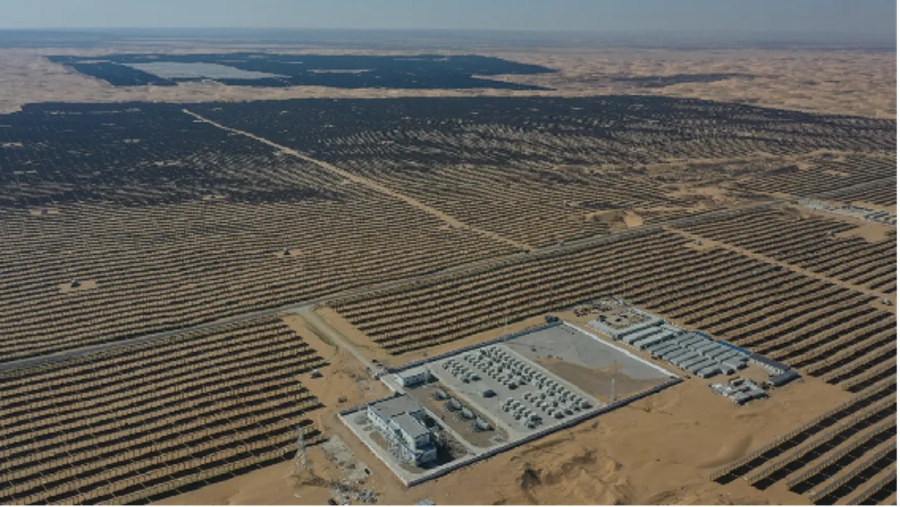Sage Geosystems begins construction of 3 MW geothermal storage facility for Texan grid

Houston-based Sage Geosystems has started construction of a 3 MW geo-pressurized geothermal energy storage system in Christine, Texas. The announcement follows a land-use agreement signed with the San Miguel Electric Cooperative Inc. (SMECI) which enabled location of the facility near an existing coal-fueled power plant. Sage will serve as merchant, buying and selling electricity to the Electric Reliability Council of Texas (ERCOT) grid.
The storage system, dubbed EarthStore, is based on Sage’s dry rock geothermal technology, which consists of a drilled well into which water is pumped and kept at ambient heat and pressure in subsurface rock formations. When electricity is needed, the naturally heated and pressurized water is released to run a Pelton-type hydroelectric turbine generator. The storage facility is expected to have six to 10 hours of capacity.

The SMECI project will be the company’s first commercial storage facility. Sage CEO Cindy Taff said the coal plant will not have any bearing on storage operations except as a source of water, and that the idea is to buy electricity from ERCOT to run pumps when demand and prices are low. When ERCOT experiences high demand Sage will run its turbine and sell the power.
“We’ll be drilling the well in September and building the facility,” Taff told pv magazine USA. “We’ll have everything done by the end of December [2024].”
Ideally, Taff says, the EarthStore system would serve as a long duration energy storage companion to solar and wind generation, with surplus energy used to run the pumps. The amount of energy storage depends on the number of wells available: more may be drilled to increase capacity, on-site. The pumped water may be stored indefinitely and, when released delivers a round-trip efficiency of 70% to 75% with a water loss of less than 2%, said Taff.
The EarthStore system is one of a family of geothermal storage and baseload energy systems Sage is developing. A more ambitious geothermal generation approach involves drilling a series of wells to depths of 9,000 feet to 20,000 feet, where ambient temperatures range from 218 degrees Fahrenheit to 485 degrees Fahrenheit. In such systems, pressurized steam is liberated to run Rankin-cycle turbines to generate electricity. A more advanced version will heat pressurized, supercritical CO2 to drive a specialized turbine with greater efficiency.
Sage has contracts with the US Department of Defense to develop geothermal baseload generators and microgrids for government facilities. The company is conducting feasibility studies at the US Army’s Fort Bliss base and the US Air Force’s Ellington Field base, both in Texas. A prototype geothermal plant is under construction at the latter site. In addition, Sage has a test site of its own in Starr County.
According to Taff, the primary advantage of Sage’s approach to geothermal storage and generation is that it uses existing drilling techniques from the oil and gas industry to produce renewable energy from rock formations that exist, essentially, everywhere. All of the 16 GW of existent geothermal energy is produced from hydrothermal locations linked to volcanic activity – relatively rare occurrences in nature.
“If you look at the continental US, we can put storage even in the east, where the geothermal potential is a little bit more challenging,” Taff said. “We can do it in the west, where you have good geothermal potential. So we can pair with wind or solar just about anywhere. We are actually looking at pairing with solar to provide off-grid, 24/7 power for data centers and other customers who need tons of power.”
From pv magazine USA.













